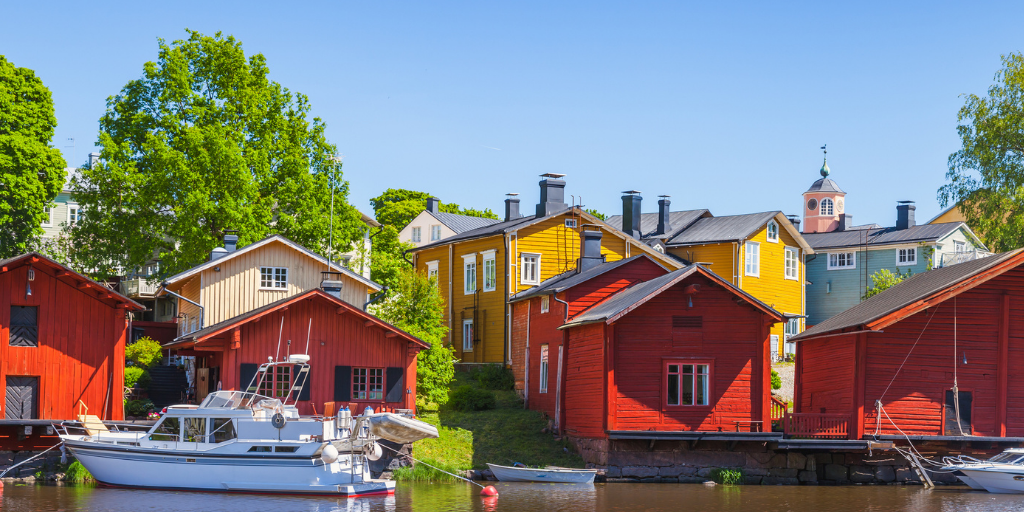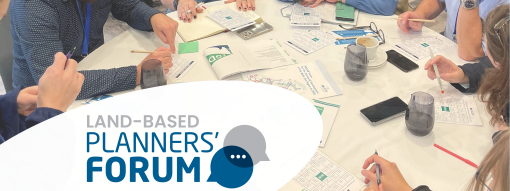Bridging the old with the new: co-creation process for the update of the VASAB Long-Term Perspective
How would a desired Baltic Sea Region look like by 2040? How do we envision its urban networks and settlement structure, its physical and digital connectivity, the management of its ‘commons’ that ensure a good quality of life, and how do we envision its maritime and spatial planning by 2040? What do we wish to look different from today? These are questions that seek answers within the update of VASAB Long-Term Perspective for the Territorial Development of the Baltic Sea Region in 2040. This is a strategic spatial planning document that aims at achieving territorial cohesion in 2040.
During this autumn series of co-creation and outreach activities took place with discussions on the four metaphors of the vision, i.e. the pearls, the strings, the patches and system – each describing the main spatial elements of the Baltic Sea Region. The pearls are indicating urban and rural settlements, the strings are describing virtual and physical connections between people and places, the patches are unique areas of the Baltic Sea Region supporting quality and dynamism of life, and the system – indicating joint efforts fostering advanced and cooperating spatial planning.
During the workshops the journey of the vision development was presented by looking for each metaphor at the current challenges and situation of the Baltic Sea Region and then linking them to the vision for 2040. Each event helped in checking the robustness and relevance of the document with a wider audience. The key questions focused on asking participants the key elements that need to be considered per metaphor, whether the vision for each metaphor sounds rather like a desirable future of the Baltic Sea Region, as well as to propose possible actions that can bring us a step closer to the vision.
Participants stressed the need to highlight the interdependencies of places with each other, as well as the necessity to respect each country’s diversity in the development of the vision. When it comes to pearls, good quality of life, resilience, cooperation, sustainability and accessibility have been considered as most important elements to carry over in the vision, highlighting that the pearls are promoters of sustainability and carbon neutrality by 2040.
As regards the strings, the most important elements to carry over in the vision are integrated and intermodal carbon free transport. The elements discussed under patches reflect e.g., sustainability, blue-green infrastructure, symbiosis, natural reserves. What was highlighted most under system was the need for multi-level governance and cooperation.
A vision without actions may end up being a wishful thinking, therefore concrete actions on how to implement the vision have also been discussed. These actions reflect the need for more cooperation, more sustainable solutions and more citizen involvement. Hence, actions reflected the exchange between different levels of governance, involving citizens and increasing the capacity building of administrations, other actions were more thematically focused proposing the development of networks and connections between urban areas, sustainable solutions for transport, sustainable production of goods and management of the commons, stronger land and sea links.
Involving key players is another important element for a vision to be realised. Participants, and their representing organisations, showed interest in contributing with concrete actions to the vision, showing an indication of an overall large uptake of the vision by stakeholders.
Next steps
The vision is under development and regularly updated through the designed co-creation approach. The key inputs of the workshops and outreach activities will be included in the draft vision text, adjusting formulations and complementing action examples. The draft vision will be publicly available in Spring 2022 when the wider stakeholder consultations will be launched from March till July 2022.



